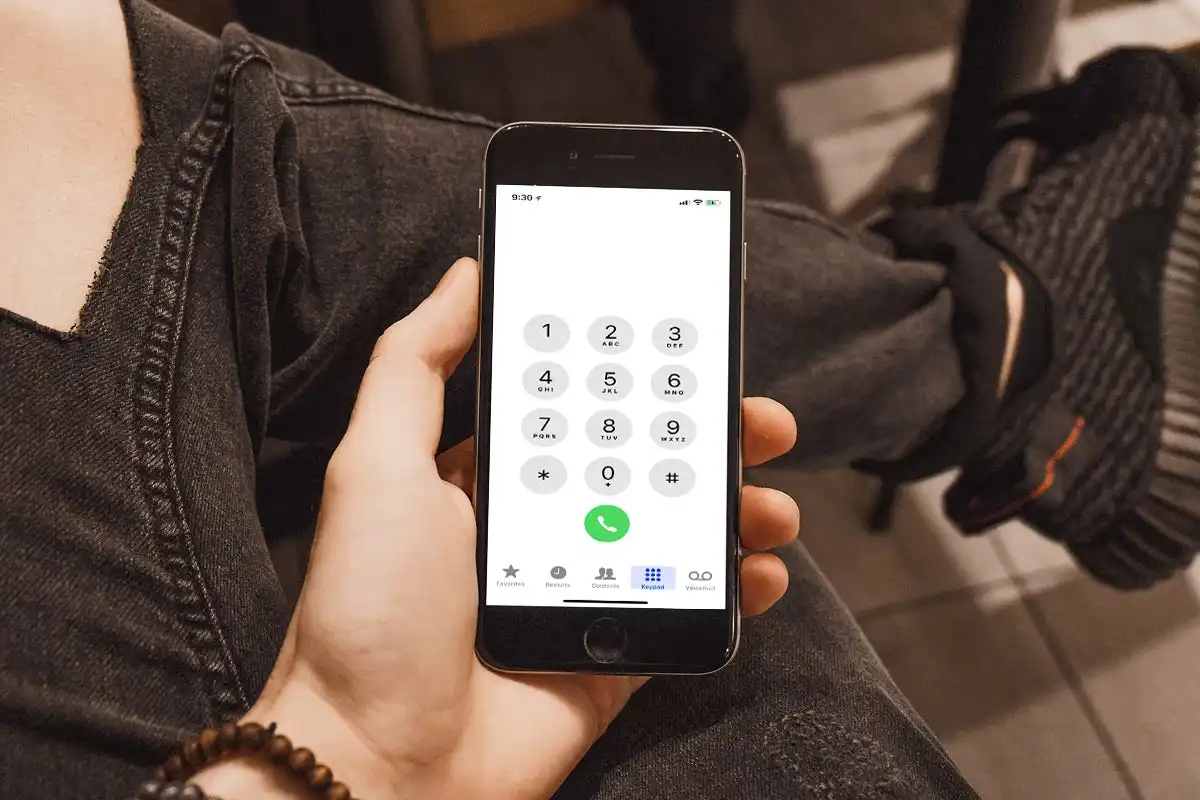In today’s hyper-connected world, concerns about privacy and security are more relevant than ever, especially when it comes to our smartphones. With the increasing sophistication of technology, the fear of being monitored or hacked is a genuine one for many users. Fortunately, there are some simple methods, including using specific codes, to determine if your phone is compromised. In this article, we’ll explore these methods and shed light on how to safeguard your digital privacy.
Understanding the Threat
Before delving into the codes and methods to check for phone monitoring, it’s essential to understand the potential risks. Phone monitoring can take various forms, including spyware installed by someone with physical access to your device, malicious apps downloaded without your knowledge, or even sophisticated hacking techniques employed remotely.
Using Codes to Check for Monitoring
1. What to Dial to See if Your Phone is Hacked?
One common method is to dial *#62# on your phone’s dialer and press the call button. This code helps you determine if your calls, messages, and data are being redirected or forwarded somewhere else. If the result shows that calls are being forwarded, it could indicate potential hacking or monitoring activity.
2. Number to Dial to See if Your Phone is Tapped
Dialing *#21# allows you to check if your calls, messages, and other data are being diverted to another number without your consent. If the result indicates call forwarding or diversion, it’s a red flag that your phone may be tapped or compromised.
3. Code to Know if Someone is Spying on Your Phone
Enter *#06# to retrieve your device’s IMEI (International Mobile Equipment Identity) number. If you suspect spyware or unauthorized access, comparing the IMEI number displayed with the one printed on your device’s packaging can help determine if your phone has been tampered with.
4. iPhone Codes to Check for Spyware
For iPhone users, dialing 3001#12345# and tapping on “Field Test” can provide valuable information about network signal strength and potential interference, which could indicate the presence of spyware or monitoring software.
5. Code to Check if Your Phone is Monitored Android
Android users can use ##4636## to access a hidden menu with various diagnostic tools. From there, you can check detailed information about your phone’s network connections, battery usage, and installed apps, helping identify any suspicious activity.
Additional Steps for Protection
In addition to utilizing the codes mentioned above, implementing these general tips can further enhance the security of your smartphone:
1. Regular Security Audits:
Periodically review your phone’s settings, installed apps, and permissions to ensure nothing suspicious or unnecessary has access to your data. Remove any apps or services you no longer use.
2. Secure Wi-Fi and Bluetooth Connections:
Avoid connecting to public Wi-Fi networks without using a VPN (Virtual Private Network) to encrypt your internet traffic. Also, disable Bluetooth when not in use to prevent unauthorized connections.
3. Be Wary of Phishing Attempts:
Exercise caution when clicking on links or downloading attachments from unknown sources, as they could contain malware or phishing attempts aimed at stealing your personal information.
4. Enable Remote Wipe and Tracking:
Both Android and iOS devices offer features to remotely locate, lock, and erase data from your phone in case it’s lost or stolen. Ensure these features are enabled and familiarize yourself with how to use them.
5. Regular Backups:
Regularly back up your phone’s data to a secure location, either through cloud services or by connecting to a computer. In the event of a security breach or device failure, you can restore your data without loss.
6. Stay Informed:
Stay updated on the latest cybersecurity threats and best practices for mobile security. Follow reputable sources for news and tips related to smartphone security, and educate yourself on common tactics used by cybercriminals.
7. Physical Security:
Keep your phone physically secure by using biometric locks, PINs, or passwords to prevent unauthorized access. Avoid leaving your phone unattended in public places where it could be easily stolen or tampered with.
8. Privacy Settings:
Review and adjust privacy settings for apps and services to limit the amount of personal information they can access. Consider using privacy-focused alternatives to popular apps that may collect excessive data.
By incorporating these additional measures into your smartphone security routine, you can better protect yourself against potential threats and minimize the risk of your phone being monitored or compromised.
Conclusion
In a world where digital privacy is increasingly under threat, being proactive about monitoring your phone for potential security breaches is essential. By familiarizing yourself with these codes and taking preventive measures, you can better safeguard your personal information and maintain control over your digital life.
Also Read: 10 Biggest CyberSecurity Companies In 2023


